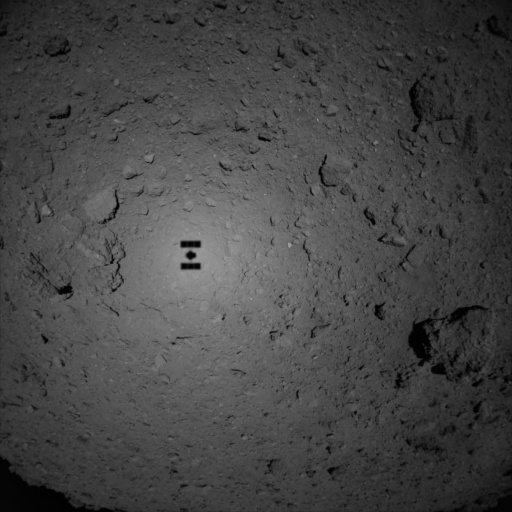First ULA Vulcan launch delayed a year to 2021
The first ULA Vulcan launch has been delayed a year to 2021.
In an interview [at a recent conference, John Elbon, chief operating officer of ULA,] said the shift in the first launch to April 2021 is linked to the requirements of the LSA award from the Air Force. “As the procurement schedule was laid out, the Air Force schedule changed, and we synced up with that,” he said, adding that the company was moving ahead with more aggressive internal schedules for Vulcan’s development.
“While ULA was on schedule from a technical standpoint to meet 2020 target, once we reviewed the Air Force’s timeline in the LSA proposals & incorporated [additional] requirements into our plan, we aligned #VulcanCentaur launch dates to meet the Air Force schedule,” the company tweeted.
The LSA awards were Air Force subsidies ranging from $500 to $1 billion given to ULA, Northrop Grumman, and Blue Origin last week to support development of their new rockets. And just as Blue Origin was forced to immediately delay its first New Glenn launch after obtaining this award, so has ULA.
In other words, gaining big development money from the Air Force forced both companies to delay their launch to meet the Air Force’s demands, something that SpaceX apparently decided not to do.
We shall see in the coming years which approach works best for making the most money. I favor SpaceX.
The first ULA Vulcan launch has been delayed a year to 2021.
In an interview [at a recent conference, John Elbon, chief operating officer of ULA,] said the shift in the first launch to April 2021 is linked to the requirements of the LSA award from the Air Force. “As the procurement schedule was laid out, the Air Force schedule changed, and we synced up with that,” he said, adding that the company was moving ahead with more aggressive internal schedules for Vulcan’s development.
“While ULA was on schedule from a technical standpoint to meet 2020 target, once we reviewed the Air Force’s timeline in the LSA proposals & incorporated [additional] requirements into our plan, we aligned #VulcanCentaur launch dates to meet the Air Force schedule,” the company tweeted.
The LSA awards were Air Force subsidies ranging from $500 to $1 billion given to ULA, Northrop Grumman, and Blue Origin last week to support development of their new rockets. And just as Blue Origin was forced to immediately delay its first New Glenn launch after obtaining this award, so has ULA.
In other words, gaining big development money from the Air Force forced both companies to delay their launch to meet the Air Force’s demands, something that SpaceX apparently decided not to do.
We shall see in the coming years which approach works best for making the most money. I favor SpaceX.


